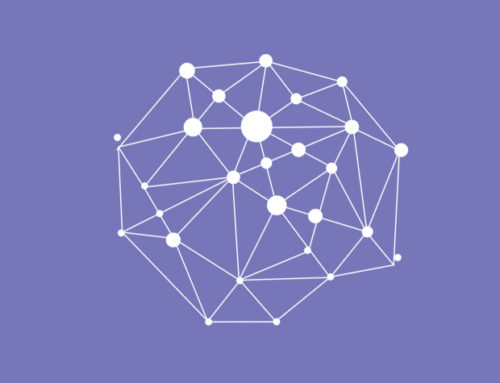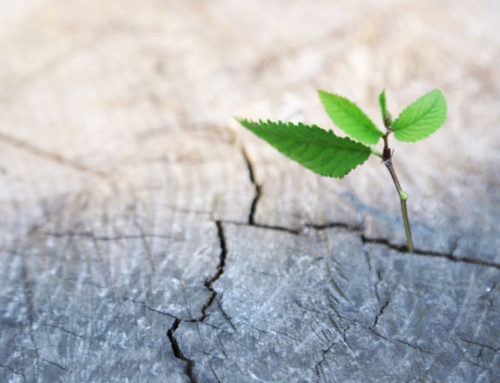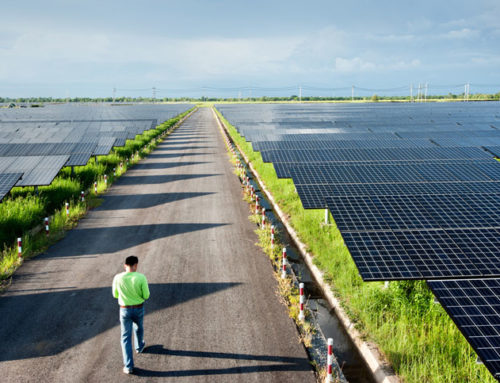A Changing Context
Our traditional model of learning and intelligence that involves absorbing information storing it and then being able to use it to act in a predefined manor is becoming increasingly commodities and less valuable as information becomes pervasive and always accessible. This is also working to increase the value of the cognitive capability of being able to generate new ideas, respond to changing environments that present novel circumstance and deal with situations where there is a lack of data and certainty, all of which requires us to be able to see the context and respond to it, in short, the capacity for adaptive thinking.
Many of the jobs that we are teaching people for today do not exist yet and with mass automation and machine learning these jobs will require less routine information processing and a much greater capacity to synthesise information into knowledge, increasingly people will be required to be able to perform the cognitive process of thinking with self-organization and adaptation being a fundamental part of how this process of cognition works. New ideas emerge from the self-organization of many interconnected parts, any given individual neuron in the brain may have up to ten thousand different connections, being able to generate new ideas and adapt to novel environments means having sufficient diversity of perspectives coupled with being able to create the space to take in new information and allow ideas to self-organize into uniquely adapted responses.
But what is adaptation? Adaptation is a behavior or response that is contingent on its environment, maybe the best way to understand it is to contrast it with reacting, we might think of reacting as a predefined response to a given stimulus, like an automatic door opening whenever someone approaches it. Reactive responses cannot change over time or evolve, they stay doing the same thing time after time, always generating the same response and obviously, this is not going to be very effective in changing environments. Adaptation is the capacity to take in information from the environment and then change in response to this information
“Adaptive Thinking is what makes us learners, takes us out of our preconceived notions formed by our domain expertise, and allows us to probe and respond to changing situations with greater elasticity. In short, this helps us to deal with complex situations”
- Sahana Chattopadhyay
Self-Organization & Emergence
Unlike reacting where the response can be programmed in, stored and then acted upon whenever needed (which is in many ways the model of traditional rote education), with adaptive thinking the response does note preexist it is generated depending on the context and circumstance, it requires the process of thinking for new ideas to emerge. Self-organization and emergence happen through the interaction between different parts, things need to be working both separately and together in order to get emergence. If all the people in an organization are doing the same thing or if none of then are working together then we would not get the emergence of the organization as more than the sum of its parts, it is only where we have both differentiation and integration that we get the emergence of the whole.
Self-organization is important to this process because it is only by the individual parts autonomously selecting to be part of the organization and synchronizing themselves with others that they can remain differentiated while also integrated into the organization, if we impose some order upon them, and thus take away their autonomy, they lose their difference and the organization become homogeneous. Inversely if the parts all go their separate ways and do not work together then, of course, the organization will become fractured and dysfunctional, it is only when we get both that we get emergence, the creation of something novel. This means we need to allow a diverse set of perspectives, be able to live with and hold the tension between them in order to find synergistic compositions. F. Scott Fitzgerald once famously said; “The test of a first-rate intelligence is the ability to hold two opposed ideas in mind at the same time and still retain the ability to function. Emergence is often thought of as some kind of mystical thing but in fact, it simply comes from the synergistic interaction between different things and the same is true for thinking, it requires a diversity of perspectives and to create the space for trying different combinations of ideas to see where the synergies lie.
-Scholarpedia-
Evolution
Evolution is a long-term process of development that takes place without centralized control or guidance, instead of having a self-generated fixed goal or plan, development through the process of evolution is about simply adapting to the environment, that is seeing the whole context and responding to that through adaptation. An important part of evolution is selection, having the environment select members of a population based upon how well suited they are to that environment. The aim of evolution is not perfection or to find “the right answers” it is the means through which things develop to become more differentiated and integrated (what we might call complex) and capable of operating within broader environments.
In order for selection to take place things, people and ideas need to be exposed to their environment as soon as possible, this is like the idea of a Minimal Viable Product, getting a product out into its market environment so as to have that feedback loop from customers guide its development as soon as possible. Feedback loops are what it is all about, feedback loops are how ecosystems manage to have such diversity and differentiation of species all doing different things whiles also all forming part of and in some way contributing to the whole ecosystem without there being any centralized coordinator managing the whole thing and the biosphere has arguably been a huge success managing to stay developing, sustaining and regulating itself for millions of years.
Adaptive thinking then is about understanding and seeing in action this pervasive phenomenon of evolution, like emergence evolution is not a mystery it has very clear and in many ways simple parts/stages to it including; the creation of variety; the adaptation of these various types to their environment; and selection based upon how well suited they are to that environment, each stage is important without any one of them the process can become distorted. Variety is required in order to explore all of the possibilities, adaptation to see how well each one will perform and selection to ensure that only those that are best suited remain to become more prevalent within the whole.
“It is not the strongest of the species that survive, nor the most intelligent, but the ones most responsive to change”
-Charles Darwin
Conclusion
Adaptive thinking is about learning how to think instead of being taught what to think, it is about being responsive to the environment that one is in, being able to take in this information apply the different methods and perspectives that one has gained in order for an idea or response to emerge out of the self-organization of different contrasting ideas and insights. It is in contrast to reactionary responses that fail to change, through adaptation things can evolve being guided not by some predefined fixed plan but by simply responding to the environmental context and letting that guide the path. It is about understanding this process of evolution and creating the context for it to play out, remembering that at the end of the day this process is not about what is right or wrong, better or worse, asking that question with respect to evolution is literally nonsensical, the aim of evolution is for something to be able to develop or grow into a broader environment.






